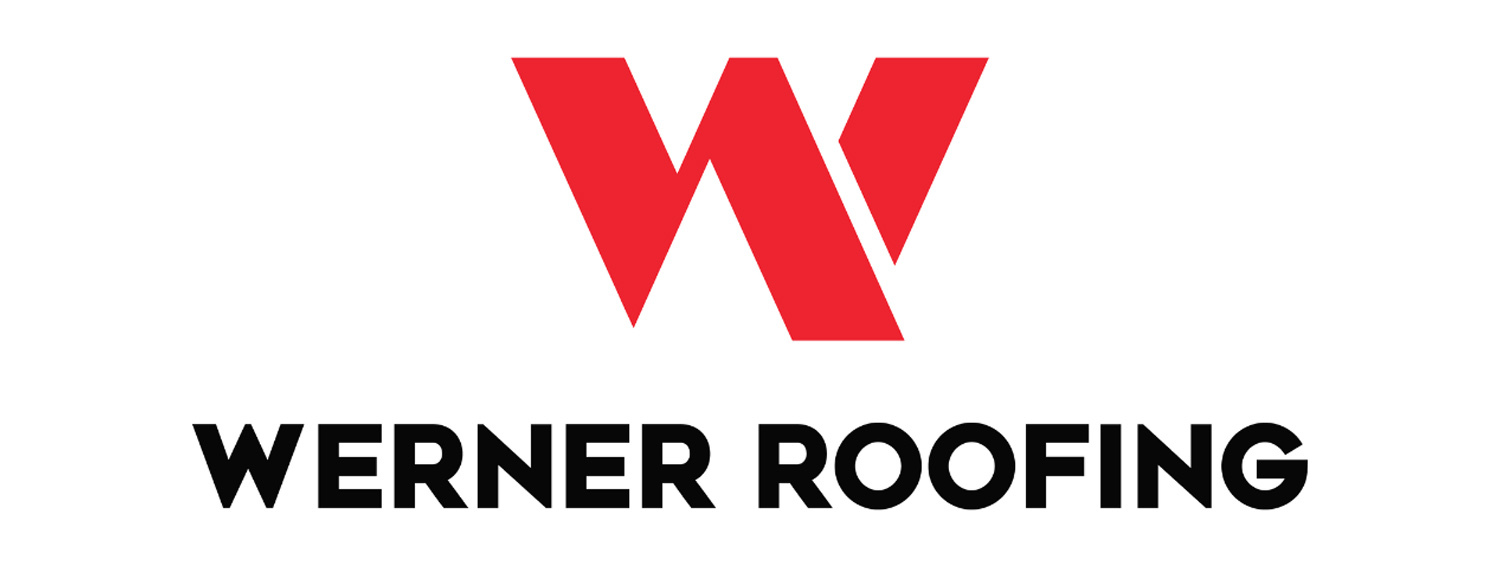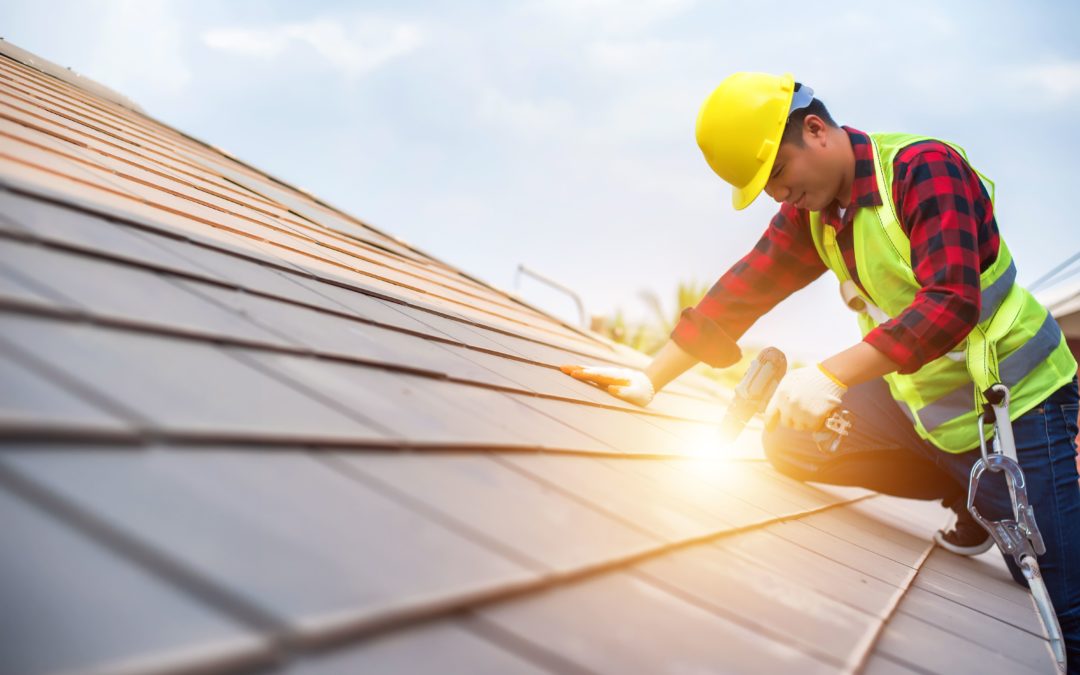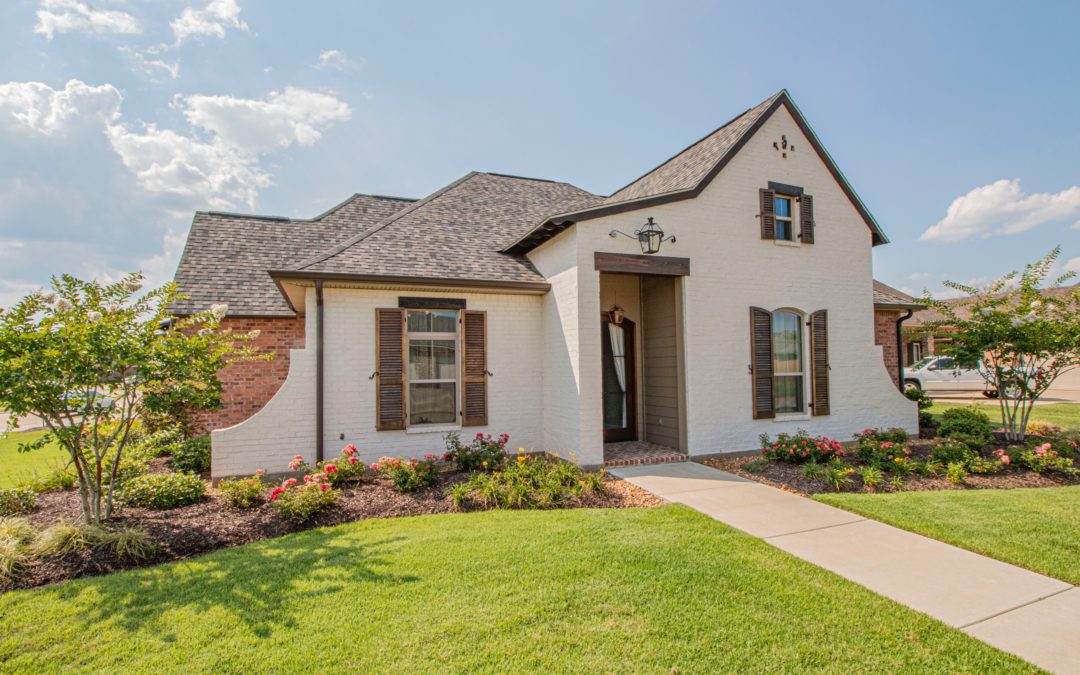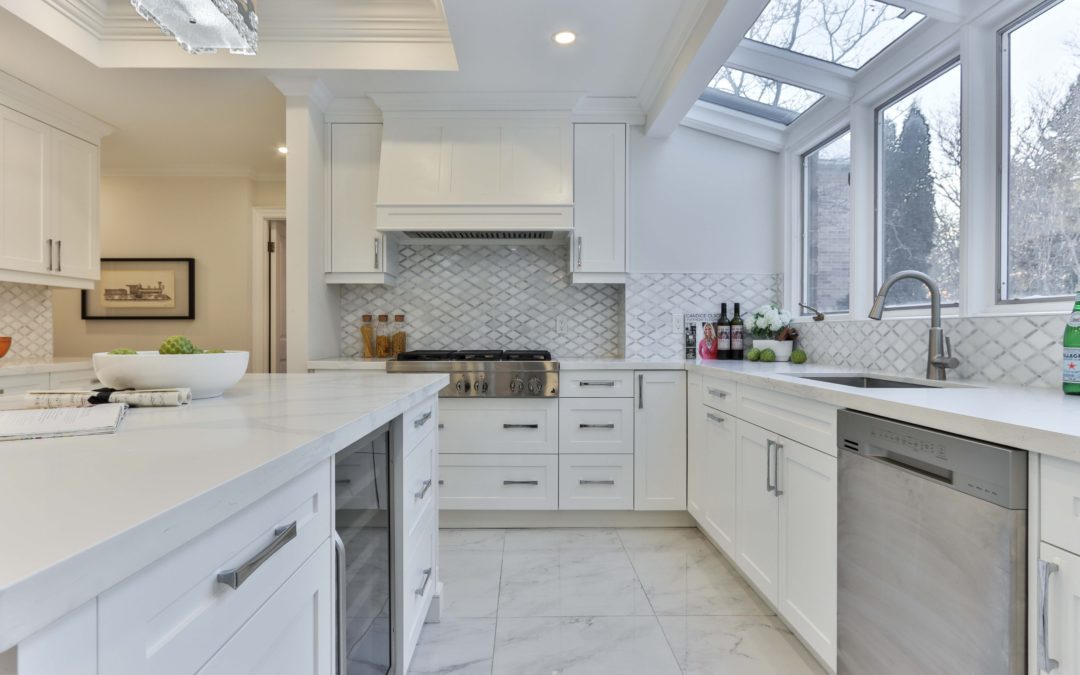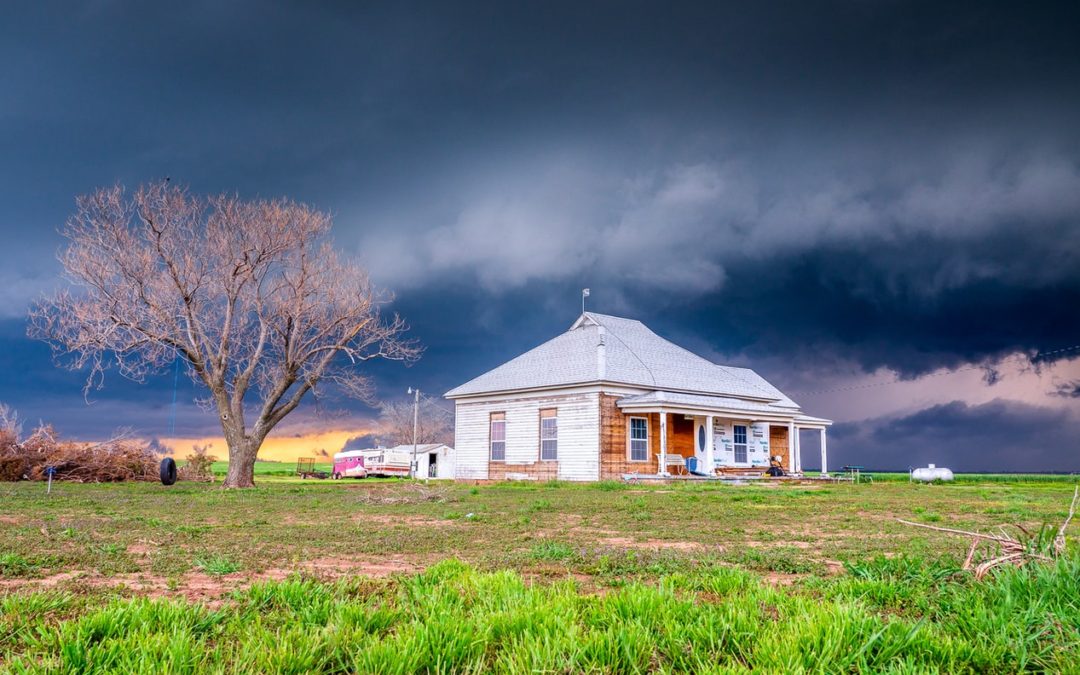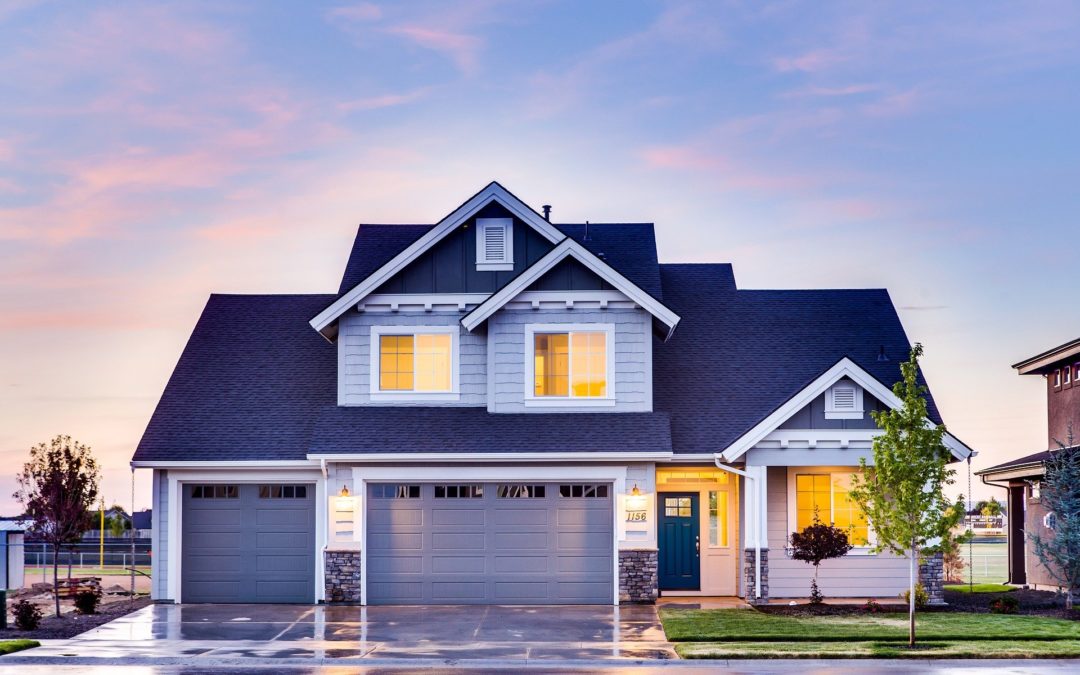
Here’s Everything You Need To Know About Roofing Contractor Proposals
Finding the right person to install a new roof on your home isn’t always easy. Roofing can be a major expense, so it’s crucial to make sure you choose the right roofing contractor to do the job. Do you know what you should look for in a good roofing contractor and roofing proposal? If not, don’t worry – we’re here to help!
Our Guide to Roofing Proposals
As a homeowner, collecting bids from several roofing contractors and choosing the best fit for your preferred budget, materials, and timeframe is helpful. To select the option that’s best for you, though, you need to know a little about understanding roofing contractor proposals.
Let’s break down the roofing proposal process so you know exactly what to look at and how to tell which roofing contractor is the best choice for your home.
What Info to Provide for a Roofing Proposal:
First things first – before a contractor can create a proper proposal, they’ll need some information from you first.
- Budget – You’ll need to tell potential roofers how much you’re willing to spend on your new roof. Though you might not have a specific number in mind yet, do a little research to see what is reasonable for the material you’re looking for and the size of your home to give potential contractors a ballpark figure to start with.
- Preferred Material – Are you looking for a metal roof? Asphalt? Or something different, like ceramic tile? Whatever aesthetic you’re going for, you’ll want to let your roofer in on it so they can create a proposal that reflects the end goal. Remember that different materials, finishes, and colors have varying price points.
- Timeframe – Do you need your roof completed by a specific time? If you’re building a new home, the time frame will be essential because you’ll have to have a roof installed before moving on to interior construction. The timeframe may be more flexible if you’re re-roofing an existing home.
- Description of any Current Problems – Any reputable roofer will inspect your roof before they give you a final estimate. If there are any issues you know about beforehand, you’ll want to share this with potential roofers. Then, they can put the price of those additional fixes into their proposal, giving you a fair look at how much you’ll be spending.
Once you’ve given roofers a basic idea of what you’re looking for in your roofing project, they’ll assemble a proposal and send it to you. The proposal should outline everything the roofer plans to do, when they plan to do it, and how much it will cost.
What to Look For in a High-Quality Roofing Proposal:
When evaluating roofing proposals, knowing what exactly you should be looking for is crucial. Let’s dive in!
- Materials Used – The roofer should include exactly which roofing materials they plan on using, including the name of the manufacturer, the style of the shingle, and the grade of the material. This will allow you to compare multiple proposals and better understand what quality to expect from each roofer.
- Scheduling – A roofing proposal should also include a detailed schedule of when everything will happen. Most roofing jobs shouldn’t take that long, but they are inconvenient for those who live in the home, so it’s important to know when roofers will be there and how long it will take them to finish the job.
- Explanation of Liabilities – A quality roofing proposal should explain any potential liabilities and how the roofer’s insurance will cover those liabilities in the event of an accident. This will tell you what insurance the roofer has. If they don’t have insurance, you’re liable for any injury on your property, and it’s possible your roof won’t comply with the local building code.
- How Waste Will be Removed – Roofing is a messy job. Nails and shingles are flying everywhere! You need to ensure that whoever you hire has a plan to clean that mess up before they leave, and the proposal should state how they plan to clean up. Many roofers have a giant magnet that picks up any fallen nails, and others make sure to throw all old shingles and waste into a giant dumpster they provide. No matter the method, make sure they offer clean-up, or you may end up paying a lot more.
At Werner Roofing, we prioritize minimizing debris on your property. So, we’ve made significant investments in using tools like the Equipter to keep your home relatively free of debris during the roof replacement process. Learn more about our roofing process here!
- Explanation of Warranty – Roofs often have multiple warranties. There’s a warranty on materials and another on the work the roofer and crew complete. The proposal should outline the specifics of each warranty and explain what is covered under each warranty.
- How the Roof Will be Paid For – A quality proposal outlines what you must pay and when. Some roofers take payment in installments, while others prefer part up front and the second part when the work is completed.
- Additional Costs – If there are any additional costs associated with your roofing job (repairing subroofing, installing flashing around the chimney, etc.), the proposal should also outline those.
Things to Double-Check Roofing Proposals For:
While everything on a roofing proposal is important, there are a few things you’ll want to double-check for. Remember that a quality roofer should already include these items. A shadier roofer might leave them out to get your business and charge you more later.
- Itemized List of Costs – Not every roofer offers an itemized list of costs automatically, but if you’re comparing bids, it’s a good thing to ask for. An itemized list tells you exactly what you’re paying for each aspect of your roof, from labor to material costs.
- Licensure and Workers Compensation – Ensure that any roofer you hire is licensed and provides workers’ compensation to their crew members. This protects you from any liabilities that occur on your property.
- Acknowledge Regional Nuances – Be mindful of local regulations or variations that might impact the specifics of roofing proposals in your area. These guidelines can influence material choices, installation methods, or waste disposal practices, making it essential to ensure proposals align with local standards.
Understanding Proposals and Trusting Werner Roofing
In the end, when choosing a roofing contractor, read through each proposal thoroughly. The best roofing contractors will be as upfront as possible with cost estimates. They will have the necessary permits, licensing, and insurance to protect their crew and your home.
If the roofing proposals you’ve been looking at still don’t make sense, feel free to call Werner Roofing. We’ve been working in the area for decades and provide roofing services you can trust. For a free estimate, call our office at 616-844-5382 or request for a free roofing estimate online today!
